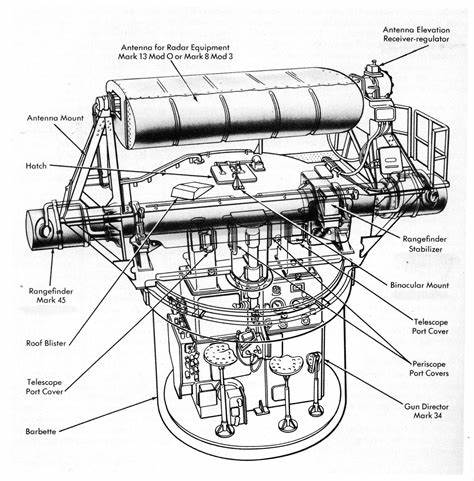Like most European powers, Portugal wanted to be one of the boys in the 'Battleship' club. As with most small countries money is the main problem. But... being the oldest ally of Britain had its advantages. Where it could the British shipbuilding industry would help with shortcuts. The best way to achieve these shortcuts is to use recycled parts. (I do enjoy these.)
At the end of the First World War, Britain was going to have to divest itself of many of the battleships that were now obsolete. The Washington Treaty made sure that this would happen. Along with the obsolete ships many of the uncompleted ships would have to be scrapped as well. So for the price of scrap, the Portugese could get themselves into the battleship club.

The collection of materials started arriving in 1922 for assembly. Rolls of builders plate scavenged from the many 12" battleships being scrapped. The armour belts from the same source arrived. It was the armament that would be the weakest point of the ship. Utilising five twin turrets of 12" weapons, these were the biggest that were available. Boilers, engines and other machinery came from a cancelled Majestic. The AA armament fitted was the one thing that was brand new. The 4.7" were the same guns as fitted to the Nelson class, the only difference being the ones on the Braganza were fitted with shields. The new octuple 2 pounder weapon system was not fitted till 1932 but space had already been allocated for these. Single 2 pounder guns were fitted (nine) until the 2 pounder and then the 0.5" machine guns became available to be fitted. In 1938 the Braganza went to the Clyde for refit to upgrade a lot of its minor parts. New optical equipment were fitted (two extra HACS unit were fitted beside the aft funnel. The aft gunnery director was upgraded. The biggest and best parts refitted was the removal and replacement of the single 4.7" with twin 4" mountings in tub arrangements for extra splinter protection. The Portugese Admiralty had been shown the twin 4", 4.5" and 5.25" turrets designs, but the cost of fitting those would have been prohibitive for the Portugese. They were happy with their new Mk.XVI mountings.
During the 1940's the 0.5" mg's were replaced with twin 20mm. It was not till 1948, when the ship went to the US Brooklyn Navy Yard for a complete overhaul, that the ancient 2 pounder system was replaced with quad, and twin 40mm Bofors mountings. The Oerlikons were also replaced at this time. US style optical components were fitted to replace the 10-15 year old ones previously fitted. The ships first RADAR units for command and control functions were fitted. The aircraft handling equipment was removed and the ships boats moved to there which opened up that area to have extra AA weapons fitted. The extra space was also needed for the optical/radar equipment associated with the 40mm mountings. All of this work was done under the auspices of the NATO Alliance.
.png)
During all of its career from 1928 through to 1978, the Braganza fulfilled the role of fleet flagship. The Braganza and the four Douro class made a formidable squadron for the protection of Portugese waters. At least they looked good!
